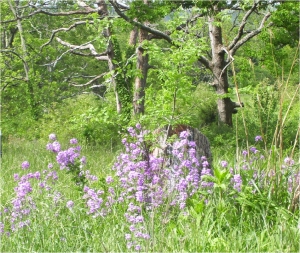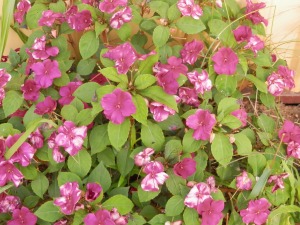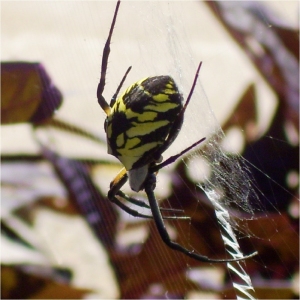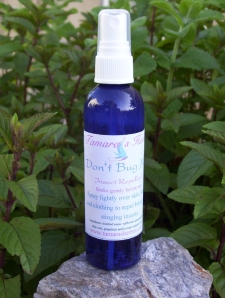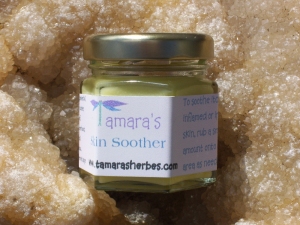The world of natural and alternative health can be complicated. We, as a people, have forgotten so much about the benefits of using the plants around us to heal our bodies. Not only that, but we have forgotten how to use them. Salves, tinctures, extracts, essential oils, teas, syrups, glycerites…what’s the difference? Well, there is quite a bit of difference, actually, but today we are going to talk about a relatively new form of herbal medicine.
Hydrosols.

White pine hydrosol
Haven’t heard of them? Don’t know what to do with them? Then, read on, my friend!
First, though, let me tell you what a hydrosol is NOT.
Hydrosols are not floral water, which is simply the process of infusing water with flowers by letting them sit over a period of time to absorb the essence of the flowers. Floral waters have their own limited range of healing properties, but they are not the same as a hydrosol
Hydrosols are not water with essential oil added to them, which can be dangerous when ingested.
True hydrosols are created using a steam distillation process to extract the beneficial properties of the herbs that cannot be obtained any other method. This is the same process used to obtain the essential oils from plants, but renders a completely different finished product. Instead of writing out the entire process, let me direct you to this website, HydrosolWorld, that has a wonderful explanation of the whole process.
To simplify for those of you who don’t want to read all the details, here’s a breakdown:
- Hydrosols are the perfect balance between herbal teas and essential oils. They are safe to use internally and externally, unlike essential oils which should NEVER be used internally. Because they contain many of the same elements as the essential oils, they offer a wider range of benefits than a simple herbal tea.
- Unlike herbal teas, hydrosols have a long shelf life. Depending on the herb, the shelf life can range anywhere from 6 months to several years, so they are much easier to keep on hand for a quick-fix when you don’t have the time or energy to whip up a batch of tea.
- Hydrosols can be used topically for instant relief from many issues.
- Hydrosols can be used safely on most animals and children
- Hydrosols can be used to replace the water portion of your skincare recipes in things like soaps and lotions.
- Hydrosols can be added to your cleaning routine to add a gentle fragrance, or to kill bacteria and viruses.
So, why aren’t you hearing more about hydrosols? Because they have only recently been studied for their medicinal benefits. In the past, hydrosols have been nothing more than the byproduct of essential oil making, rather then the main goal of the distillation process. The remaining water (hydrosol) was simply pitched out as being useless. It was a bit surprising to many when they realized that hydrosols were actually quite potent and effective in their own right. The multitude of benefits they provide is still being studied and experimented with, as is the range of plants that produce the best hydrosols.
Of course, being the enterprising soul that I am, I had to jump on the bandwagon.
The first step was obtaining a distiller. Thanks to a wonderful friend and business associate, I finally got my distiller. I admit, I was a bit scared of the whole process at first. It seemed so technical and science-y. What if I screwed it up?

My beautiful distiller!
Turns out, it wasn’t so scary or difficult after all. Now, I am a bit addicted to creating new hydrosols. I am distilling all of my favorite herbs….red clover, wild plum blossoms, yarrow, elder flowers, spearmint, white pine….and I have so many more on my list. If only there was more time in a day!
Now, I have a refrigerator full of fabulous hydrosols and I have been experimenting like crazy! The time has finally arrived to share them with you all.
Choosing where to start with hydrosols is the first step to forming a glorious addiction. My next few posts will cover the hydrosols that I personally have created and worked with. I will give a detailed list of all the things each of them is good for, how to use them, when not to use them, and which ones are good to keep on hand for emergencies.
Let’s start with one of my personal favorites, elder flower hydrosol.
The hydrosol has a mildly green, floral fragrance that blends well with many essential oils, making it perfect for creating spritzers, room and fabric deodorizers, and surface cleansers that provide antibacterial and anti-viral action.
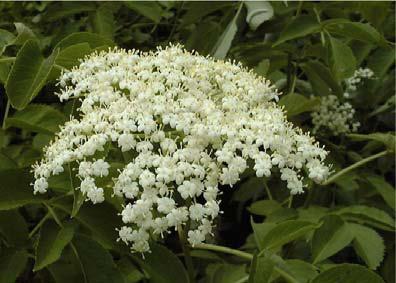
Elder flowers in bloom
Most people are familiar with the healing power of elderberries. High levels of Vitamin C make it a must-have for cold and flu season, but there is much more to the elder plant than just the berries. Elder is known as ‘the medicine chest of the country folk’ because of the many health-enhancing benefits it contains. Besides being a potent antibacterial and antiviral, elder flowers are also antiseptic, anti-inflammatory, antioxidant, anti-cancer, anti-diabetic, diuretic, styptic, analgesic, and a mild laxative. These qualities make it useful for a variety of issues, including:
- Kills antibiotic-resistant bacteria, including methicillin-resistant Staphylococcus aureus (MRSA)
- To fight colds and flu
- Sinus infections
- Soothes respiratory disturbances by dispelling mucous and congestion
- Boost function of the immune system
- Applied topically, helps reduce pain and swelling in joints due to arthritis
- Stops bleeding
- As an oral rinse for dental issues and toothaches
- Soothes the symptoms of allergies
- Regulates blood glucose levels
- Soothes inflammation of the eyes
- Circulatory stimulant
- Encourages perspiration
- Treats viral infections like measles, chicken pox, shingles, and Epstein Barr.
- Purifies the blood
- Cleanses the lymphatic system of toxins and debris
- A natural diuretic useful for eliminating water retention, bloating, gout, and edema
- Beneficial for liver disorders
- Heals urinary tract infections
- Eases headaches
- Applied topically, it helps heal cuts, wounds, and burns
- Helps fade blemishes and age spots
When using it internally, we take 1-2 teaspoons in a glass of water. It has a pleasant flavor that blends well with fruit juices, too.
Elder flower hydrosol is handy when your pets are in need. A spritz or two on hot spots works wonders to heal the flesh and soothe the itch, and will help soothe anxiety. Adding a spoonful to their water is helpful in many conditions, including kennel cough and other respiratory issues, or to boost the immune system. It also works well for reducing pain and inflammation associated with arthritis in the joints.
For the more spiritual among us, the essence of the elder plant can add an extra bit of power to rituals and ceremonies. They are considered sacred to the angelic realm and Druids, who call it the ‘Tree of Life’, as well as anyone seeking to work with the Fae. It is known as ‘the medicine chest of the country folk’ because of the many health-enhancing benefits it contains.
The Elder plant represents the 13th month as part of the Ogham, the calendar tree of the Celts. This is the month of the Winter Solstice which is a time of transition between light and dark ~ death and rebirth. Elder helps ease the transition between these two periods.
Elder has long been associated with the fairy world, and is considered to be a plant of the faerie land where wood spirits and elves make their home in her roots.
Elder’s spiritual essence is believed to open the psyche, and is associated with the heart chakra, helping to cool anger and ground the spirit.
I’m sure I haven’t covered all of its uses, but this is an excellent starting point.
As always, I must remind you all that, no, I am not a licensed physician, and all of the alphabet government agencies insist that herbal medicine has little or no healing properties, so this could all just be a big old mess of snake oil. I am not qualified to diagnose you, and I most certainly am not allowed to heal you or offer you any ‘medical’ advice. No government agency has approved any of these statements or claims. If you are taking any herbal medicines, you do so at your own risk. You should always consult with your healthcare provider before taking any herbal products, especially if you are currently taking any prescription medications.
If you are feeling brave or rebellious and want to see what all the hype is about when it comes to hydrosols, check out my Etsy store, Tamara’s Herbes, where you can find all of my hydrosols, as well as other natural health and beauty products created to help soothe the body, mind and spirit!
